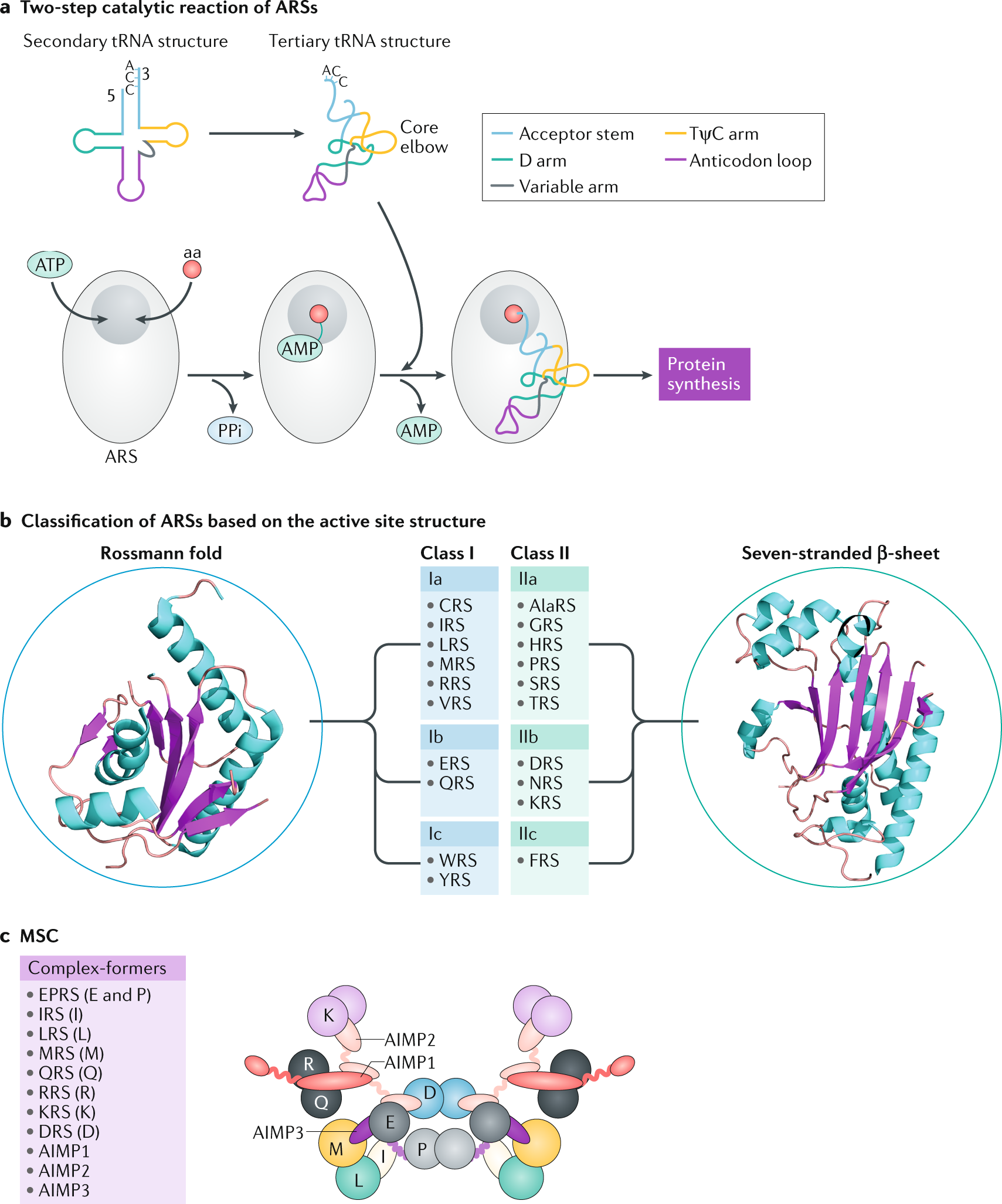
For many years, an inability to purify other cristal membrane electron carriers in biologically active form limited our understanding of the structure and function of the mitochondrial electron transport system. By contrast, the peripheral polypeptide cytochrome c readily dissociates from the cristal membrane, making it easy to purify. The very presence of the hydrophobic alpha-helical domains in trans-membrane proteins makes them difficult if not impossible to isolate from membranes in a biologically active form. Integral membrane proteins that do not span the membrane also have a hydrophobic helical domain that anchors them in the membrane, while their hydrophilic domains typically interact with intracellular or extracellular molecules to e.g., hold cells in place give cells and tissues their structure, etc. Because of these hydrophilic interactions, such proteins can create pores for the transport of polar molecules and ions we will see some of these proteins later. Proteins that span membranes multiple times may include amino acids with charged, polar side chains, provided that these side chains interact between helices so that they are shielded from the fatty acid environment in the membrane. Glycophorin A monomers pair to form dimers in the plasma membrane. One glycophorin A polypeptide with its hydrophobic trans-membrane alpha helix is cartooned below. As an example, consider the amino acids in the alpha-helical domain of the red blood cell protein glycophorin A, a membrane protein that prevents red blood cells from aggregating, or clumping in the circulation. The alpha helical domains that anchor proteins in membranes are mostly non-polar and hydrophobic themselves. N-terminal end of a plasma membrane polypeptide always ends up exposed to the outside of the cell.

Transmembrane proteins can in fact cross a membrane more than once, which also determines the location of its N- and C-termini. How a transmembrane protein inserts into the membrane during synthesis dictates the locations of its N- and C-terminus. The protein on the left crosses the membrane once, while the one on the right crosses the membrane three times. Two trans-membrane proteins are cartooned below. Hydrophilic domains tend to have more tertiary structure with hydrophilic surfaces, and so face the aqueous cytosol and cell exterior.

Side chain structure and characteristics.The hydrophobic domain of integral membrane proteins consists of one or more alphahelical regions that interact with the hydrophobic interior of the membranes.
#How do hydrophobic amino acids get to a trna full
Do you need to memorize amino acids for MCAT?Īmino Acid Structures Despite what your book may claim, you MUST MEMORIZE YOUR AMINO ACIDS! Students who’ve taken the new MCAT confirm that you must know the following for each amino acid: Full Name. These small changes will have a huge impact on the structure and function of proteins. Memorize the amino acid names and structures as quickly as possible, but take the time to understand the physical processes that affect amino acids. It is a lot to take in, so do it in parts. The nine amino acids that have hydrophobic side chains are glycine (Gly), alanine (Ala), valine (Val), leucine (Leu), isoleucine (Ile), proline (Pro), phenylalanine (Phe), methionine (Met), and tryptophan (Trp). Hydrophobic Amino Acids Amino acids are grouped according to what their side chains are like. Which of the following amino acid is not hydrophilic? Glycine (Gly), being one of the common amino acids, does not have a side chain. Which amino acid is the most hydrophilic?Īrginine Which amino acid is not capable using its side chain? Which amino acid has the highest pKa? Amino acid This causes a change in protein structure and function. A change in gene sequence can lead to a different amino acid being added to a polypeptide chain instead of the normal one.

What would happen if one amino acid is substituted for another in a polypeptide?Įxplain what happens if even one amino acid is substituted for another in a polypeptide chain. A change in nucleotide sequence of the gene’s coding region may lead to a different amino acid being added to the growing polypeptide chain, causing a change in protein structure and therefore function. The gene, or sequence of DNA, ultimately determines the unique sequence of amino acids in each peptide chain. How does the order of amino acids affect the final protein made? The remarkable range of functions mediated by proteins results from the diversity and versatility of these 20 building blocks. This fundamental alphabet of proteins is several billion years old. Indeed, all proteins in all species-bacterial, archaeal, and eukaryotic-are constructed from the same set of 20 amino acids. 20 different amino Do all proteins have 20 amino acids?


 0 kommentar(er)
0 kommentar(er)
